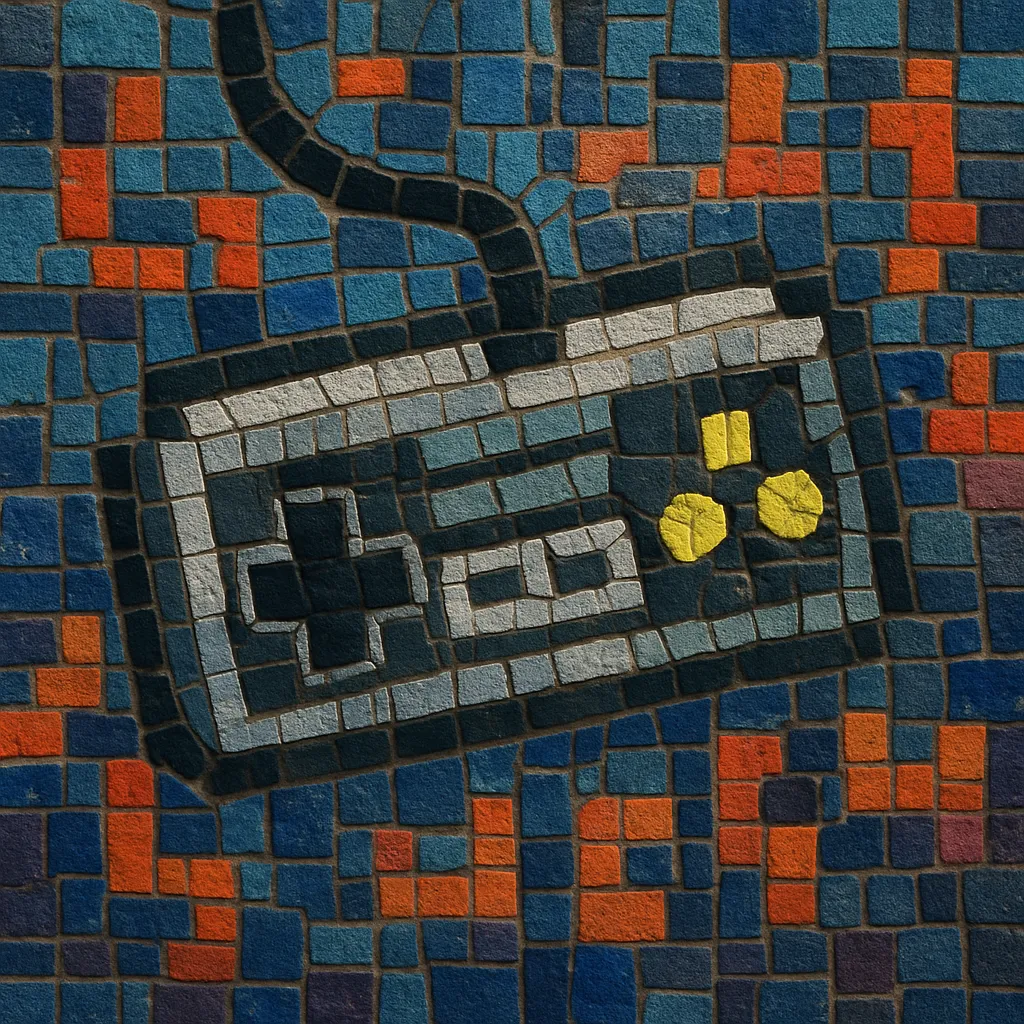Bit music is a broad term for music built around the sound and constraints of low bit‑depth digital audio, early sound chips, and primitive computer/console hardware. It foregrounds square and pulse waves, noise channels, simple PCM, and the characteristic artifacts of bit‑crushing and low sample rates.
While closely related to chiptune, bit music emphasizes the sonic signature of "the bit" itself: 1‑bit beeper techniques, 4/8/16‑bit sample playback, and tracker-based sequencing that exploits extremely limited polyphony and memory. The result is a bright, pixelated timbre that celebrates computational austerity through clever composition tricks, rapid arpeggios, duty‑cycle modulation, and noise percussion.
Bit music emerged alongside the home-computer boom of the 1980s (ZX Spectrum, Commodore 64, Amstrad, and early consoles). Musicians and demoscene coders learned to compose directly for sound chips and beepers, squeezing melody, harmony, and rhythm out of 1–3 channels and a few primitive waveforms. Early game and demo soundtracks by figures like Rob Hubbard and Tim Follin exemplified the approach: tracker-like techniques, rapid note cycling to imply chords, and noise-based drums.
As the demoscene matured in Europe, tracker software, assembler routines, and chip-specific tricks (SID on C64, AY/YM on ZX/Atari) codified the idiom. Programmers used arpeggiation to fake chords, duty‑cycle modulation to animate timbre, and sample streaming to push hardware beyond its intended use. The culture of "making more with less" became a defining aesthetic.
With widespread emulation, flash carts, and modern trackers (e.g., LSDJ, Famitracker, DefleMask), a new wave of artists adopted the low‑bit aesthetic for albums and live sets. Parallel art movements—glitch, minimalism, and electroacoustic practice—helped frame bit music as not only nostalgic but also formally experimental, where digital artifacts are musical material.
Bit music now spans purist hardware composition (1‑bit beeper experiments and classic chips) to DAW-based production that emulates or samples low bit‑depth and sample‑rate artifacts. Its vocabulary informed bitpop, nintendocore, and strands of hyperpop, vaporwave, and deconstructed club, where bit‑crushed leads, video‑game timbres, and tracker rhythms appear as stylistic markers.


